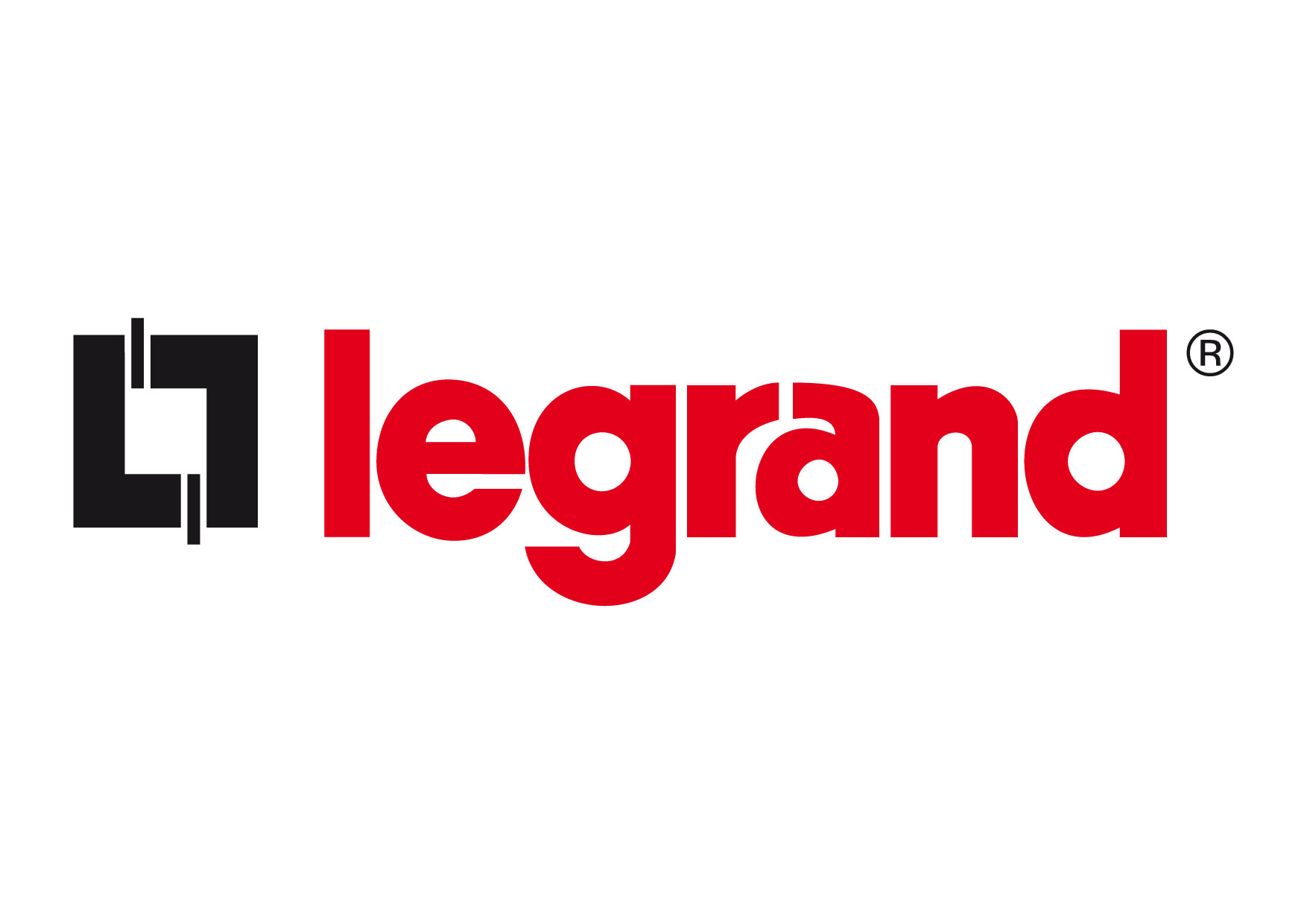Today, Legrand joined President Obama and Department of Energy officials in Washington, D.C. to announce the company has joined the Better Building, Better Plants Presidential Leadership initiative to create American jobs through energy efficiency.
Legrand is a manufacturer of electrical and data networking products for residential, commercial or industrial buildings. The company is one of just nine U.S. industrial organizations that have joined the initiative as Challenge Partners, pledging to the most aggressive energy savings, management and reporting practices outlined in a U.S. Department of Energy agreement.
By encouraging office and plant upgrades and renovations, the deployment of energy-saving solutions will boost local construction projects and expand opportunities for architects, design engineers, contractors and installers in communities throughout the U.S.
“People think energy-saving solutions are more complex than they are,” explained John Selldorff, president & chief executive officer of Legrand North America. “We hope to show our customers, suppliers and other mid-size manufacturers how to cut through the complexity with simple, repeatable solutions that are currently available to significantly reduce energy consumption. It can be as simple as controlling the lights to make sure they are off when not needed.”
The Better Building Challenge reporting requirements demand transparency and encourage replication of Challenge Partner projects across the U.S. economy.
“As other companies see what we do and deploy these ideas, they’ll realize energy and cost savings and, ultimately, spur more job creation in their own communities,” continued Selldorff.
As a Challenge Partner, Legrand has agreed to a series of high-impact actions that include:
- Reduce corporate wide energy intensity by 25% over ten years.
- Implement a “Showcase” project at a single site that will achieve a 10% energy intensity reduction in just two years.
- Deploy a “market innovation” that will accelerate achievement of energy efficiency gains.
- Report regularly on progress toward goals and lessons learned in deploying innovations and energy efficiency solutions.
Specific Legrand energy saving pledges and projects will be announced at a later date; however, the company is already installing sub-meters technology at 14 of its U.S. offices, manufacturing plants and warehouses. The technology will allow Legrand to instantly measure energy use, determine where greater efficiencies can be achieved through lighting and plugload management, and identify other upgrades needed to achieve energy efficiency goals. BD+C
Related Stories
| Nov 2, 2010
Energy Analysis No Longer a Luxury
Back in the halcyon days of 2006, energy analysis of building design and performance was a luxury. Sure, many forward-thinking AEC firms ran their designs through services such as Autodesk’s Green Building Studio and IES’s Virtual Environment, and some facility managers used Honeywell’s Energy Manager and other monitoring software. Today, however, knowing exactly how much energy your building will produce and use is survival of the fittest as energy costs and green design requirements demand precision.
| Nov 2, 2010
Yudelson: ‘If It Doesn’t Perform, It Can’t Be Green’
Jerry Yudelson, prolific author and veteran green building expert, challenges Building Teams to think big when it comes to controlling energy use and reducing carbon emissions in buildings.
| Nov 2, 2010
Historic changes to commercial building energy codes drive energy efficiency, emissions reductions
Revisions to the commercial section of the 2012 International Energy Conservation Code (IECC) represent the largest single-step efficiency increase in the history of the national, model energy. The changes mean that new and renovated buildings constructed in jurisdictions that follow the 2012 IECC will use 30% less energy than those built to current standards.
| Nov 1, 2010
Sustainable, mixed-income housing to revitalize community
The $41 million Arlington Grove mixed-use development in St. Louis is viewed as a major step in revitalizing the community. Developed by McCormack Baron Salazar with KAI Design & Build (architect, MEP, GC), the project will add 112 new and renovated mixed-income rental units (market rate, low-income, and public housing) totaling 162,000 sf, plus 5,000 sf of commercial/retail space.
| Nov 1, 2010
John Pearce: First thing I tell designers: Do your homework!
John Pearce, FAIA, University Architect at Duke University, Durham, N.C., tells BD+C’s Robert Cassidy about the school’s construction plans and sustainability efforts, how to land work at Duke, and why he’s proceeding with caution when it comes to BIM.
| Nov 1, 2010
Vancouver’s former Olympic Village shoots for Gold
The first tenants of the Millennium Water development in Vancouver, B.C., were Olympic athletes competing in the 2010 Winter Games. Now the former Olympic Village, located on a 17-acre brownfield site, is being transformed into a residential neighborhood targeting LEED ND Gold. The buildings are expected to consume 30-70% less energy than comparable structures.
| Oct 27, 2010
Grid-neutral education complex to serve students, community
MVE Institutional designed the Downtown Educational Complex in Oakland, Calif., to serve as an educational facility, community center, and grid-neutral green building. The 123,000-sf complex, now under construction on a 5.5-acre site in the city’s Lake Merritt neighborhood, will be built in two phases, the first expected to be completed in spring 2012 and the second in fall 2014.
| Oct 21, 2010
GSA confirms new LEED Gold requirement
The General Services Administration has increased its sustainability requirements and now mandates LEED Gold for its projects.
| Oct 18, 2010
World’s first zero-carbon city on track in Abu Dhabi
Masdar City, the world’s only zero-carbon city, is on track to be built in Abu Dhabi, with completion expected as early as 2020. Foster + Partners developed the $22 billion city’s master plan, with Adrian Smith + Gordon Gill Architecture, Aedas, and Lava Architects designing buildings for the project’s first phase, which is on track to be ready for occupancy by 2015.














